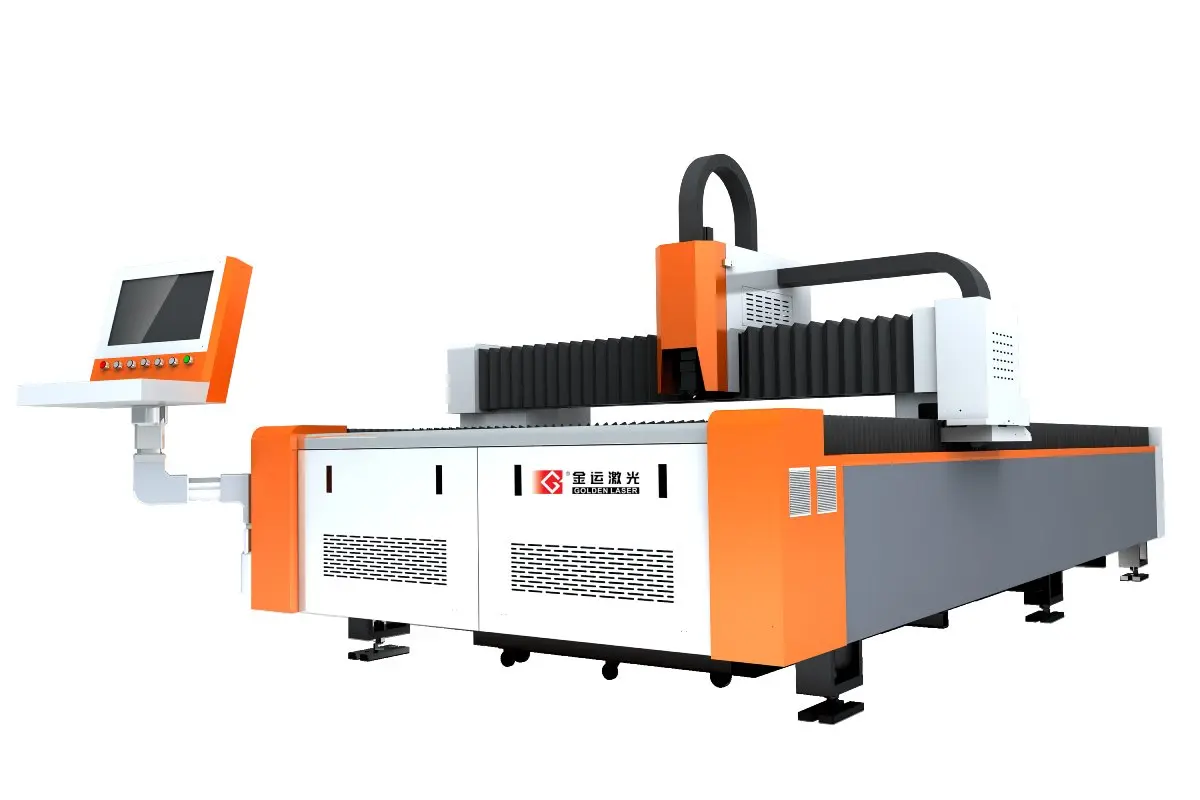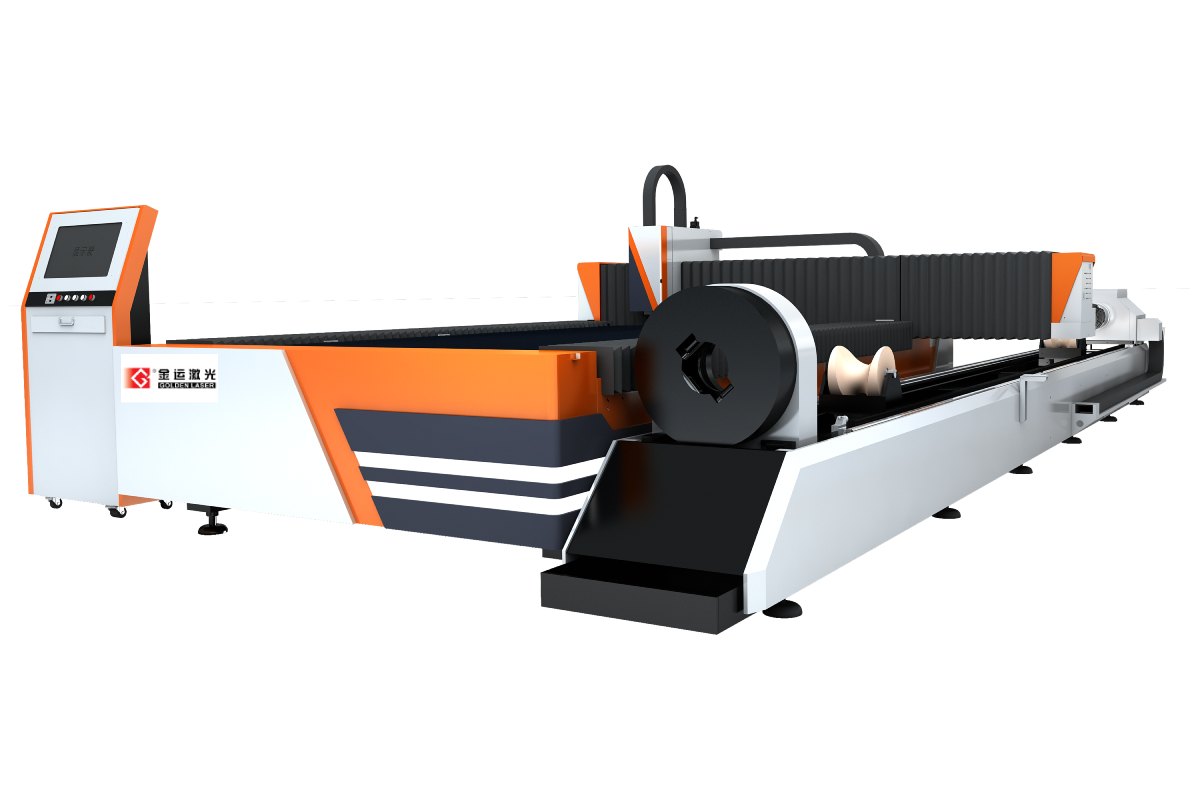
Exploring the Versatility and Efficiency of Cutting Steel Machines in Modern Manufacturing Processes
Cutting steel has always been a critical operation in various manufacturing industries, from automotive and aerospace to construction and heavy machinery. With the continuous evolution of technology, cutting steel machines have become essential tools that not only improve efficiency but also enhance precision in the manufacturing process. In this article, we will explore the different types of cutting steel machines, their applications, advantages, and the latest advancements that are shaping the future of metal fabrication.
The Different Types of Cutting Steel Machines
Cutting steel machines come in various forms, each designed for specific applications and material thicknesses. The most common types include:
1. **Laser Cutting Machines**: Leveraging high-powered lasers, these machines are capable of cutting through thick and thin steel with precision. Laser cutting is widely used because it produces clean edges and minimal waste, making it an economical choice for many businesses.
2. **Plasma Cutting Machines**: Utilizing a high-velocity jet of ionized gas, plasma cutting machines are ideal for cutting thicker metal sheets and plates. They are particularly popular in construction and repair industries where heavy-duty steel components are needed.
3. **Water Jet Cutting Machines**: These machines use a high-pressure jet of water mixed with abrasives to cut through steel. Water jet cutting is favored for its ability to cut complex shapes without generating heat, which can cause warping or distortion in sensitive materials.
4. **Band Saw Machines**: Band saws use a continuous loop of blade to cut steel and are particularly useful for precise and straight cuts. They operate effectively on various thicknesses and are often employed in metal fabrication shops.
5. **Shearing Machines**: Ideal for straight cuts in sheet metals, shearing machines utilize sharp blades to slice through steel sheets. This method is efficient for mass production where uniformity and speed are essential.
Applications of Cutting Steel Machines
Cutting steel machines are integral to numerous industries. In the automotive sector, for example, they play a crucial role in manufacturing components like chassis, body parts, and engine blocks. The aerospace industry, known for its strict tolerance requirements, relies on precision cutting to manufacture lightweight yet strong components that can withstand extreme conditions.
In construction, cutting steel machines help fabricate vital structural components such as beams, columns, and reinforcements, ensuring safety and stability in buildings. The oil and gas industry also employs these machines to create pipelines and rigs that require robust and reliable materials.

Exploring the Versatility and Efficiency of Cutting Steel Machines in Modern Manufacturing Processes
Advantages of Using Cutting Steel Machines
The use of cutting steel machines brings a multitude of benefits to manufacturing processes:
1. **Increased Precision**: Cutting steel machines provide high levels of accuracy, ensuring that fabrics meet exact specifications. This precision minimizes errors, reduces material waste, and enhances product quality.
2. **Enhanced Efficiency**: Automation and speed are key advantages of modern cutting machines. Automated cutting processes can significantly decrease the time required to complete projects, improving overall productivity.
3. **Material Versatility**: Many cutting steel machines can process various alloys and steel grades. This versatility allows manufacturers to work with different materials without significant adjustments to their processes.

Exploring the Versatility and Efficiency of Cutting Steel Machines in Modern Manufacturing Processes
4. **Cost-effectiveness**: By reducing material waste and labor costs, cutting steel machines can lead to significant savings for manufacturers. The longevity and durability of these machines also mean fewer replacements and repairs.
5. **Safety Features**: Many modern machines come equipped with advanced safety features to protect operators and prevent accidents. This focus on safety enhances workplace conditions and helps maintain staff morale.
Recent Advancements in Cutting Steel Machines
The future of cutting steel machines looks promising, with advancements in technology paving the way for more innovative solutions. The integration of Industry 4.0 technologies, such as IoT and AI, allows for real-time monitoring and software optimizations that enhance cutting processes. Additionally, developments in machine learning algorithms may enable predictive maintenance, reducing downtime and further improving efficiency.
Furthermore, laser cutting is expected to see advancements in speed and precision, making it even more suitable for various manufacturing applications. Manufacturers are also investing in eco-friendly technologies that reduce energy consumption and emissions, further aligning with global sustainability goals.
Conclusion
In conclusion, cutting steel machines have become indispensable in modern manufacturing, providing increased precision, efficiency, and versatility. As technology advances, these machines continue to evolve, shaping the future of various industries. Embracing these innovations will enable businesses to meet the ever-growing demands of consumers while optimizing their production processes for better sustainability and profitability. Fiber Laser Cutting Machine For Metal
